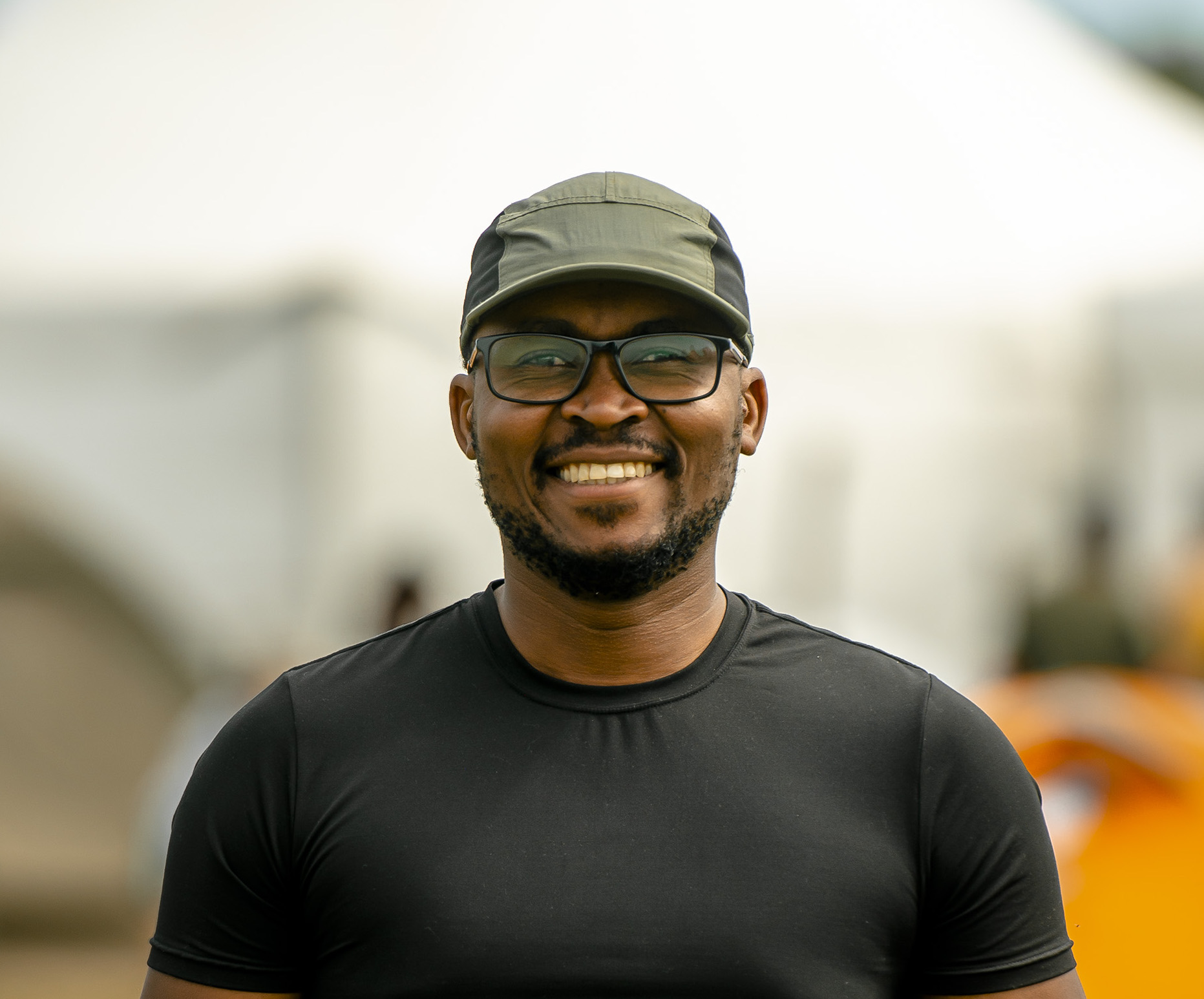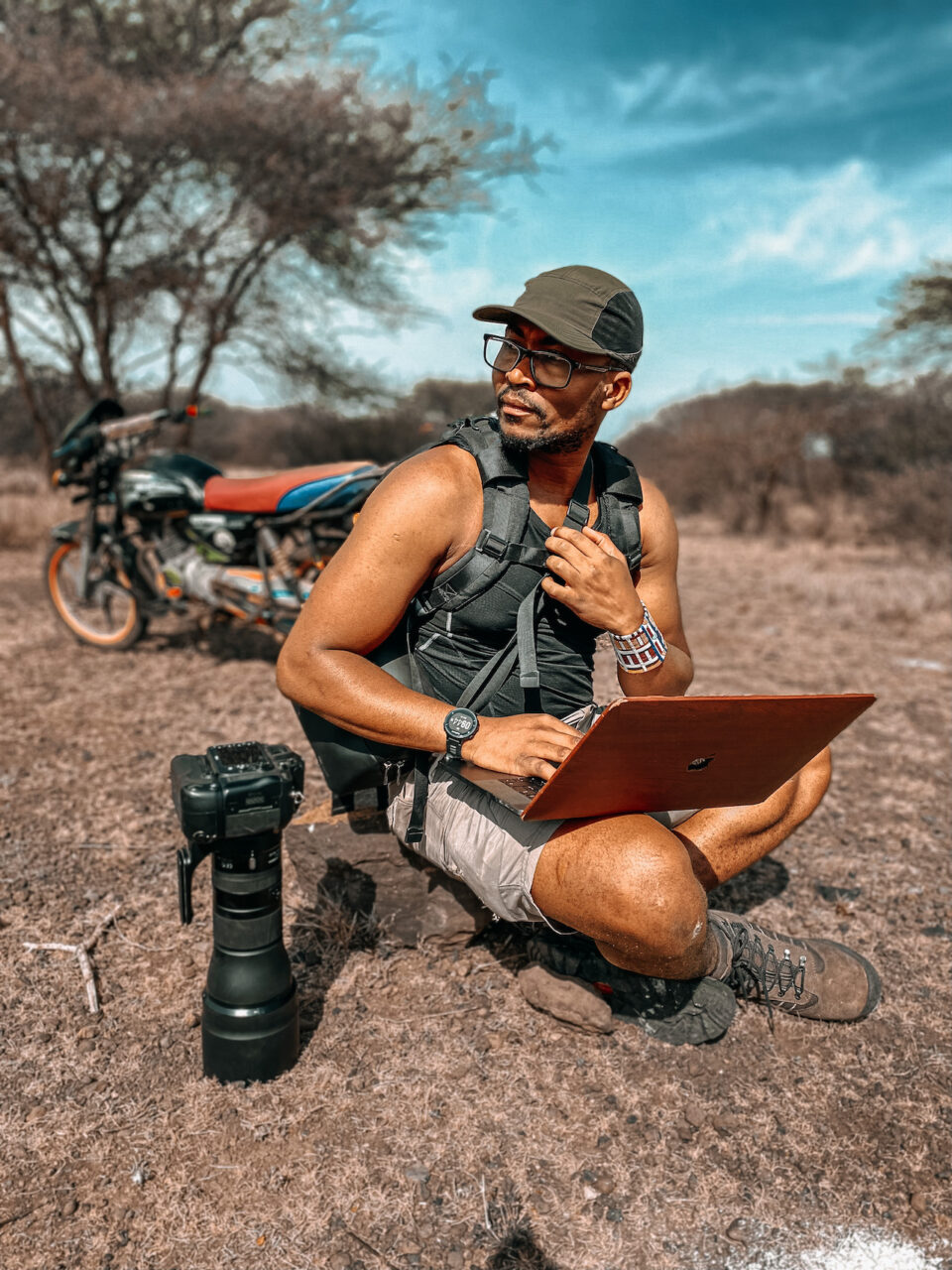
Malicky Boaz, a young photographer from Tanzania, loves to shoot wildlife, nature, landscapes, and lifestyles. Five years ago, he decided to become a professional photographer to capture an entirely new perspective on everyday life. In an interview, he takes us along on a journey to Tanzania, where he shot a Cotton made in Africa photo campaign about CmiA Organic, and introduces us to the virtual art scene in his East African home country.

On behalf of CmiA, you have portrayed small-scale farmers, ginnery workers, and employees of Alliance, a CmiA verified cotton company, offering the public a look behind the scenes of Cotton made in Africa and its organic cotton production. How did you get closer to your subjects, who have rarely or never been in front of the camera before?
I am usually talkative; I joke a little bit and create a friendly atmosphere between my subjects and myself before the shoot. This helps them to feel more comfortable in front of the camera, even if they have never done it before.
Did any impressions or encounters from the shoots particularly stick in your mind?
It has been an exciting opportunity to get an insight into the world of cotton farmers. Their unaffected personalities caused them to be reserved at first, but I realised most of them were afraid of being in front of the camera. Some said they are not photogenic and not worth being photographed. By making experi-ences together and seeing results, we were able to break the ice more and more and capture their hard work, their personalities, and parts of their stories. I was inspired by every step of the shoot.
All photographers have their own particular visual language. How would you describe yours as it relates to your work for Cotton made in Africa?
The colours in photographs tell a visual story; especially warm and bold colours can grab attention and make my pictures more interesting and visually stunning. That’s why dark and moody colours are an important aspect of the campaign.

You are part of a very lively art and culture scene in Tanzania. What characterises this scene for you, and how is it currently developing?
Tanzania is a vibrant and quickly developing country. Throughout the pandemic, I noticed many inspiring and creative movements. The country’s young generation is mainly active in music and digital art. However, photography is still in its early stages as an art form, and I see it as my duty and my passion to further develop this form of art. There are several privately organised art initiatives in Dar es Salaam, for example Nafasi Art Space, where like-minded people have a place to learn and create together. These initiatives are worth being seen and supported.
You have met the people who make the cotton for our clothes and had a closer look at their daily lives. What is your personal message to consumers worldwide who wear cotton clothing every day?
Clothes are not just something to wear; they all have stories and characteristics that customers can carry with pride. Based on my experiences with the cotton farmers and their lives, I want to congratulate all consumers worldwide on choosing sustainable clothing. You are not just wearing clothes made out of cotton, you are making a big difference in people’s lives.